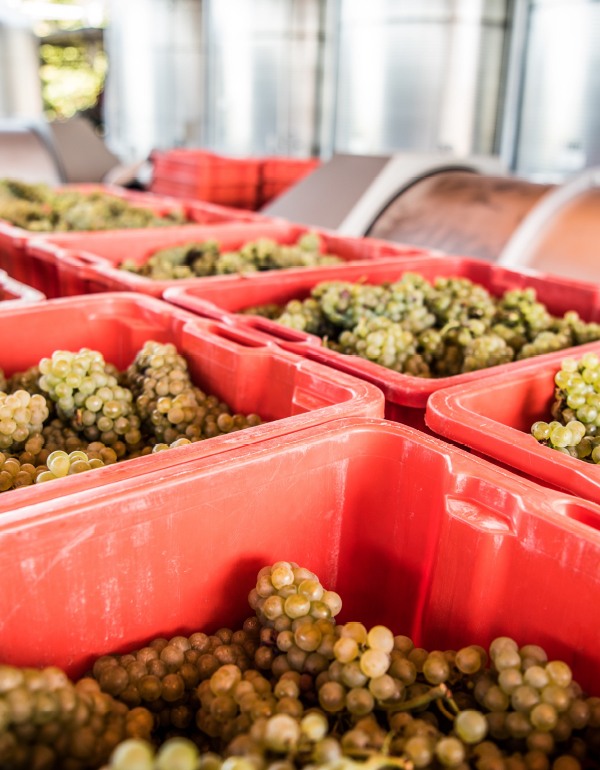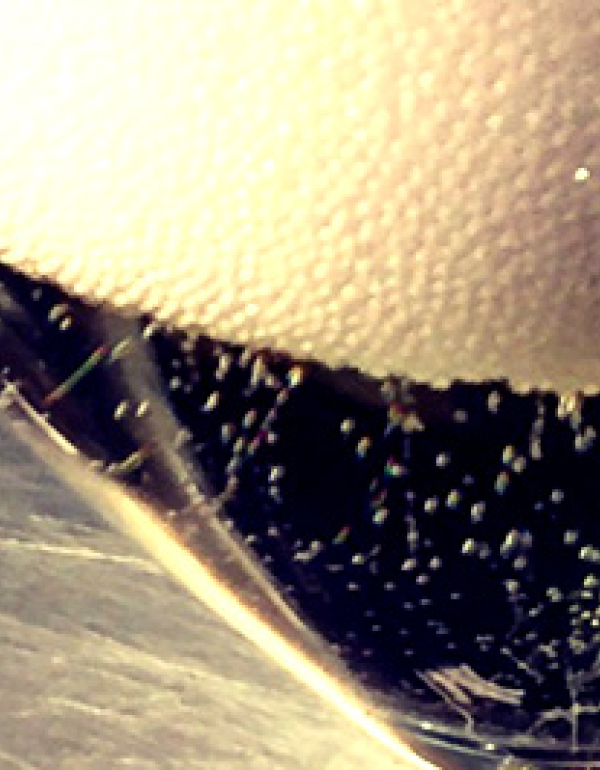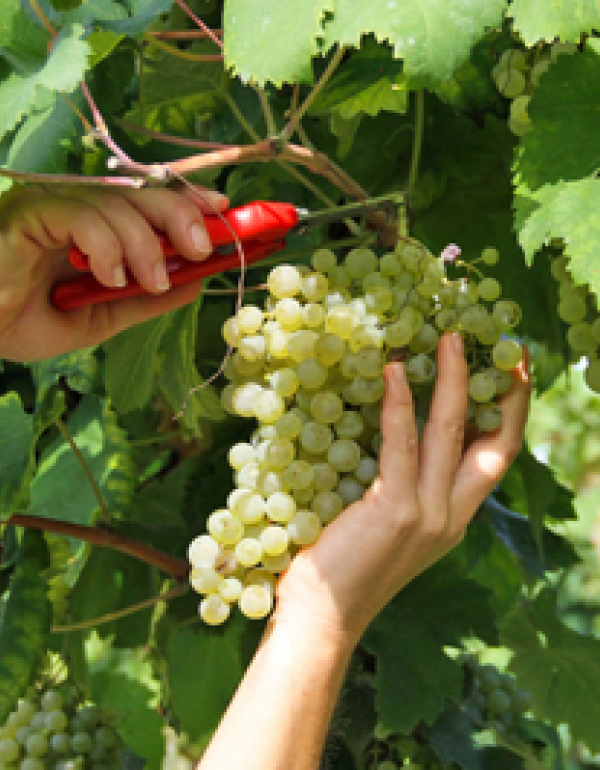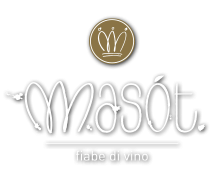Winemaking
Our approach to the vineyard continues when the grapes reach the winery, as we treat our raw materials with the maximum respect and the must and wine with minimum intervention.
“You’ve got to let grapes do what they want if you are going to get genuine wines”
The first stage in the winemaking process involves pressing the grapes gently and softly.
Only the must from the first pressing, which is extracted and separated from the rest, is used in our wines!


Fermentation
Different winemaking techniques give wines with different organoleptic characteristics; for instance, fermentation with maceration of the skins at controlled temperature is performed to extract greater aromatic and antioxidant compounds.
The countryside continues to play an active part in the winemaking process because, as well as our selected yeasts, we use native yeasts from our vineyard to ferment the must.
Secondary fermentation
After the base wine has aged in stainless steel tanks for four months, it undergoes secondary fermentation in autoclaves, using the “Martinotti Method” to create effervescence. It is then left to age for over forty days at low temperature. It is bottled cold and uncorked among friends


Ancestral method
We have taken Prosecco right back to its origins with a method that involves slight uncertainty about secondary fermentation in the bottle; this method continues to evolve and grow over the course of its long life.
The origins of this method are closely bound to a territory and the winemaking culture. At the end of October, when temperatures began to drop, fermentation was partly interrupted. In the spring, the warm outside temperatures reawakened the yeasts, which consumed the residual sugar and produced effervescence. Once all the sugar had been depleted, the yeasts settled to the “BOTTOM” of the bottle and stayed there until it was opened and drunk.
